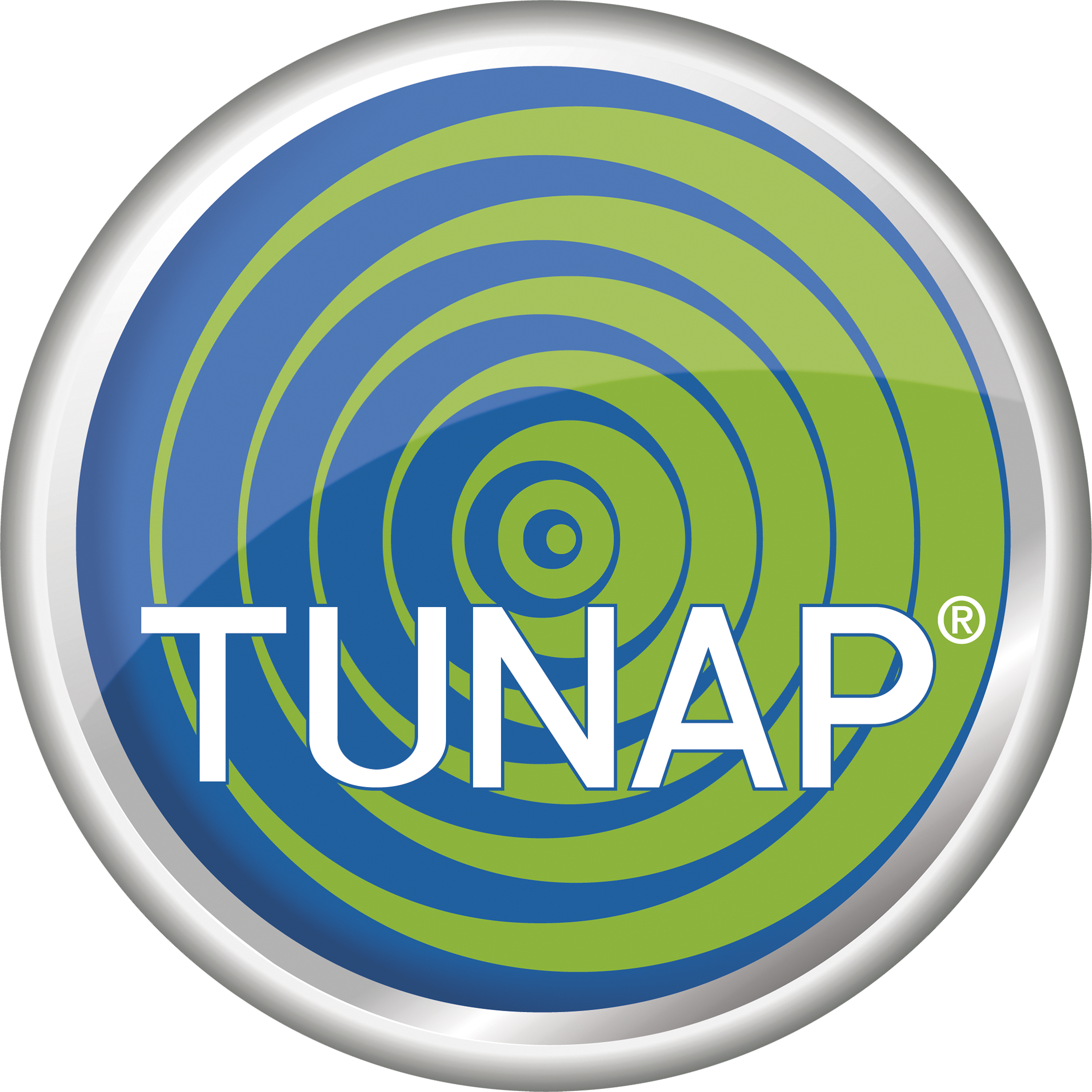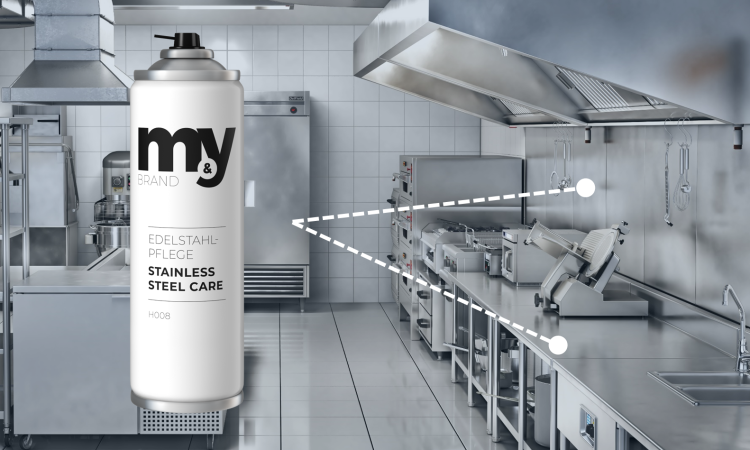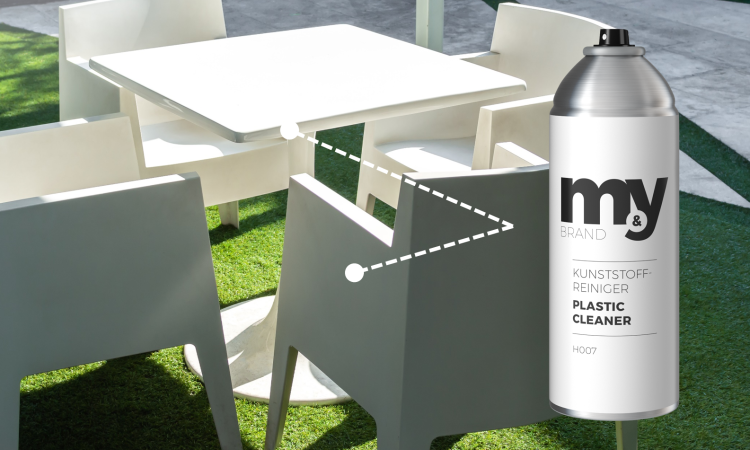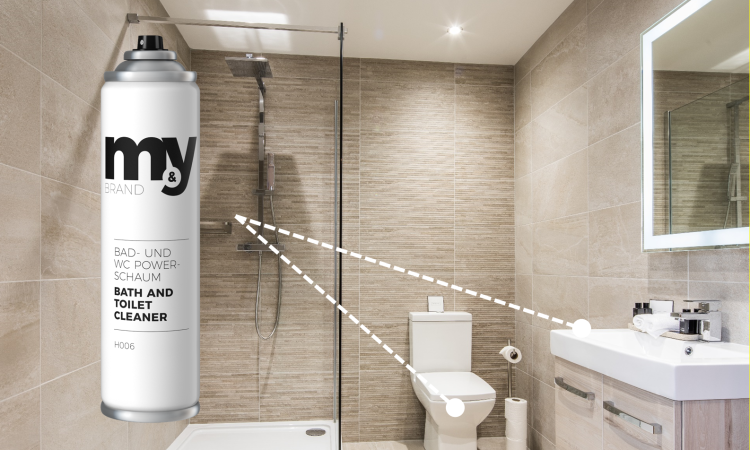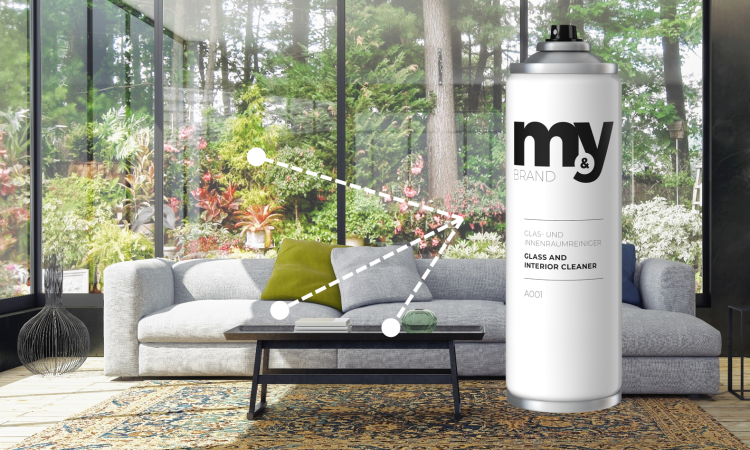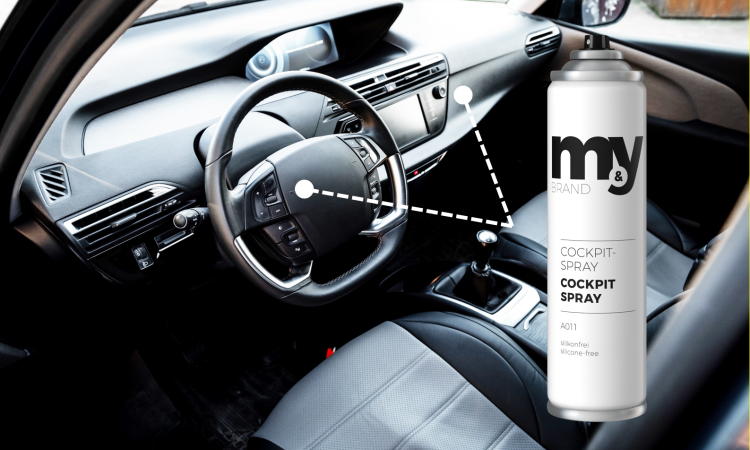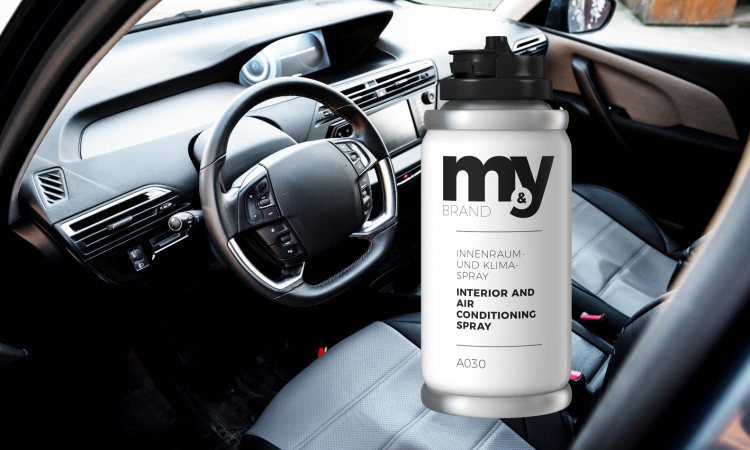The Proper Cleaning for Hygienically Clean Surfaces
Whether in the home, in the car, on public transport or in industrial plants: microorganisms and pathogens lurk everywhere - not only on visible surfaces, but also in hidden places and in the air that we breathe every day.
Spread of the Pathogen through Aerogenic or Contact or Lubrication Infection
In the so-called aerogenic infection, pathogens are spread further via tiny floating droplets (aerosols) that arise when coughing or sneezing, as well as through contact or smear infection either through the air or via a chain of touches.
With the right cleaning products, however, these microorganisms have no chance: Therefore, ensure hygienically clean surfaces to effectively protect your health.
Different Cleaning Processes
Two different processes are used here: cleaning and disinfection - TUNAP offers products for both areas. But what is the difference between the two methods?
Cleaning and Disinfection: What's the Difference?
Disinfection
Disinfection describes the chemical and physical process for inactivating microorganisms in order to avoid infection or pathogen transmission. This can reduce germs by over 99.999 percent. After disinfection, a maximum of ten out of a million germs can survive.
Cleaning
Cleaning refers to the mechanical removal of dirt and microorganisms, including residues of cleaning agents and disinfectants. The aim is to prevent microorganisms from multiplying. The germ reduction during cleaning can be between 10 and 90 percent - depending on how effective the cleaning is.
In many cases, hygienic cleaning is sufficient, since sufficient germs can be removed if they are carried out thoroughly.
